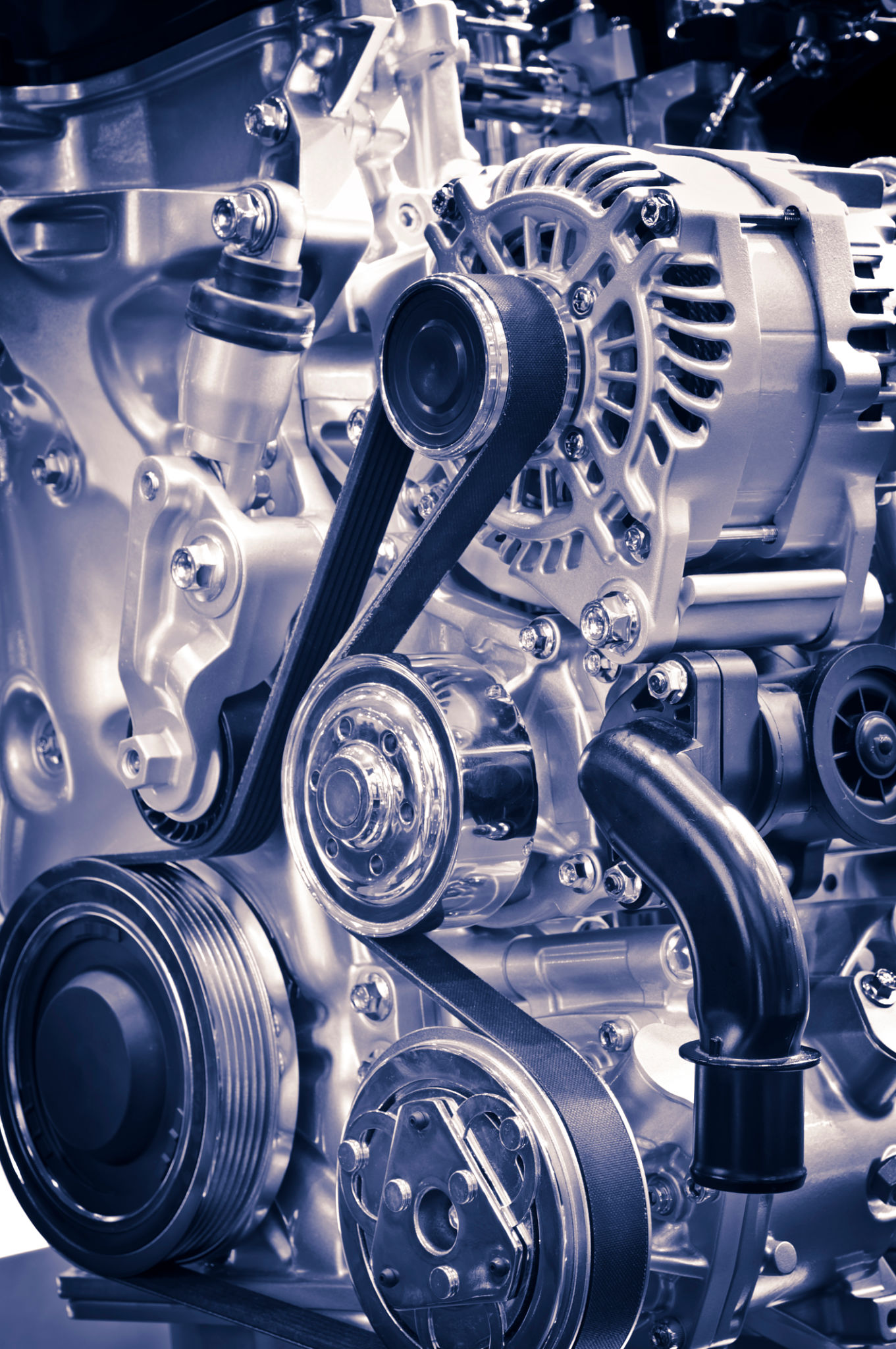Comparing Korean and Japanese Car Spare Parts: Which Offers Better Value?
Understanding the Market for Korean and Japanese Car Spare Parts
When it comes to car maintenance, choosing the right spare parts is crucial. Two of the most popular options in the market are Korean and Japanese car spare parts. Both have their own set of advantages, but which offers better value? In this post, we'll compare these two options based on a few critical factors, helping you make an informed decision.
Korean car manufacturers, like Hyundai and Kia, have significantly improved their reputation in recent years, offering high-quality vehicles and spare parts at competitive prices. On the other hand, Japanese brands such as Toyota and Honda have long been known for their reliability and performance, setting a standard in the automotive industry.

Cost and Availability
One of the first aspects to consider is the cost of spare parts. Korean spare parts generally tend to be less expensive compared to their Japanese counterparts. This is primarily due to the competitive pricing strategies adopted by Korean manufacturers to gain a larger market share. Additionally, Korean car parts are becoming more widely available globally, thanks to their expanding distribution networks.
In contrast, Japanese car spare parts are often priced higher due to their established reputation for durability and reliability. However, they are also readily available in many markets around the world. The higher cost can sometimes be justified by the longevity and performance of the parts.

Quality and Durability
Quality is a significant factor when comparing Korean and Japanese car spare parts. Japanese car parts are renowned for their exceptional quality and durability, often lasting longer than other alternatives. This has been a key selling point for Japanese car manufacturers for decades.
Korean car parts, while generally improving in quality, may not yet match the long-standing reputation of Japanese brands. However, they have made significant strides in recent years and continue to close the gap in terms of quality and performance.
Compatibility and Innovation
Another aspect worth considering is compatibility. Korean car manufacturers often design their vehicles and spare parts with a focus on modernity and innovation. This approach makes it easier to find parts that are compatible with newer models, especially as technology advances rapidly.
Japanese manufacturers also focus on innovation but tend to prioritize consistency and reliability. Their spare parts are typically designed to fit a wide range of models, making them a reliable choice for both older and newer vehicles.

After-Sales Support and Warranty
After-sales support is a crucial consideration when purchasing car spare parts. Both Korean and Japanese manufacturers offer robust after-sales support, but there can be differences in warranty terms. Korean brands often provide longer warranty periods as part of their competitive strategy, giving buyers peace of mind.
Japanese brands, while possibly offering shorter warranty periods, tend to back their products with solid customer service and support networks. This reputation for reliability often means fewer issues arise post-purchase.
Making Your Decision
Ultimately, the choice between Korean and Japanese car spare parts depends on individual needs and preferences. If cost-effectiveness is your primary concern, Korean car parts offer a compelling option with good quality at a lower price point. For those who prioritize durability and have specific brand preferences, Japanese car parts may be worth the investment.
It's essential to weigh these factors against your specific requirements and budget. Whichever option you choose, ensure that you purchase from reputable suppliers to guarantee authenticity and quality.
